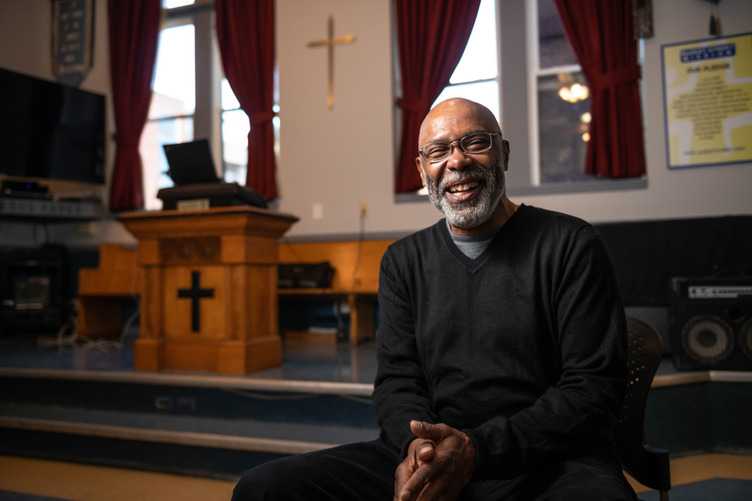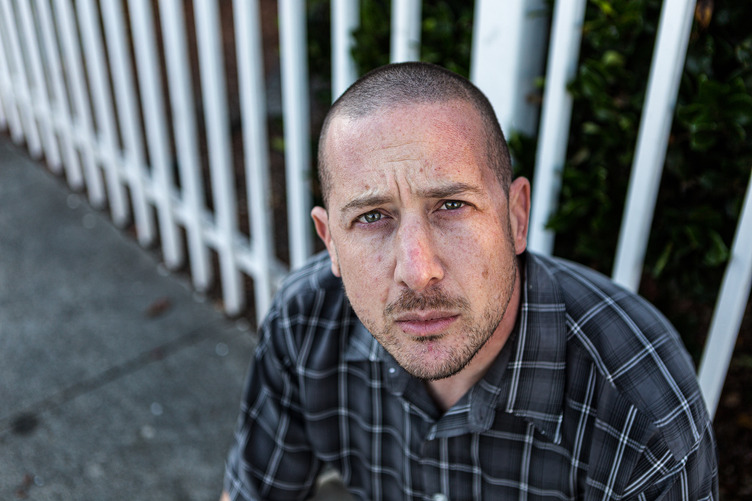Learn how to more effectively engage
From Jhovany Quiroz, BDI Storytellers Manager
Read Time: 5 minutes
In our rapidly changing world, today’s hottest trends can quickly become yesterday’s worst practices. And that’s especially true when it comes to best practices for media like photography, video and storytelling.
So don’t be fooled by what seems to be the latest and greatest technique that everyone else is doing. While there are a variety of new trends to hitch your wagon to for 2022, the most effective continue to be the nonprofit best practices that BDI regularly employs.
For the last 10 years, trends in photography and video have often revolved around using kitschy gimmicks to attract views – and likes – on social media. But as a nonprofit, you want to effectively solidify your brand by sharing the kind of images and videos that will both bring attention to your nonprofit AND reassure donors of the good work that’s being done thanks to their generosity.
So with that in mind, I want to share 4 of BDI’s best practices for nonprofit photography and video:
1. Tell the story behind the photo.
While it’s been said that a picture is worth a thousand words, in today’s clickbait world, it’s more like “a picture is worth a thousand blurbs.” It’s not enough to just show heart-tugging images to get a donor’s attention… we must strive to tell the story behind the photos we show.
Every great photo needs a great story. From joyful smiles to somber faces that illustrate need, the best practice should always be to engage your community with a description and context for each image. Carefully craft a compelling description – the words on your post must match the images you’re displaying.
2. Sad faces or happy faces?
Recent research from St. Jude showed that images of happy faces resulted in high levels of engagement, while sad faces created a sense of urgency to motivate their donors to give. BDI’s research and testing over the years bears this out. Think about this while you’re putting content together to determine the photo you want to use for a specific purpose:
- If you want to encourage and engage people to spend time with you online or in person at your nonprofit, use happy photos that will make people stop what they’re doing. It may lead them to read your post to find out their part in this life transformation. Or they may feel inspired to sign up to serve alongside you as a volunteer or ambassador for your cause.

- However, if your intent is to receive donations, use images that show a sad or downtrodden face – above all, that demonstrate someone’s immediate need. The viewer’s urge to help be part of the solution to the need will lead to more wallets opened and more donations rolling in.

3. Video is king.
While photos and their corresponding captions are important, videos are king. You might be thinking to yourself, “But I’m from a small nonprofit with an even smaller budget. I don’t have the money for video.” If that’s the case, you’ll be relieved and pleasantly surprised to know that lower-production-value videos often outperform high-end, high-production-value videos.
That’s not to say that the value of professionally crafted videos like the ones BDI offers are any less valuable. Rather, we want to encourage you to create your own in-house videos to add to the mix… and if you are already doing so, make more of them. According to the LinkedIn article “Bad Videos Get Better Engagement,” people want to be educated more than sold to. The goal is to engage your supporters. So use in-house video to create informative and authentic content that helps them better understand the work you do – and their role in your work.
4. Authentic, Shmau-thentic.
Speaking of authenticity, it can be difficult to express challenges or needs at your nonprofit… or of those you serve. But I implore you to be genuine and see how it will help you pull far and away from the herd by showing your true, unvarnished self.
Let me illustrate by using my love of music: It’s not just about hitting all the notes in the song… but playing them with all your heart and soul. And that’s your job – to share the heart and soul of your nonprofit’s mission.
For example, many of BDI’s Rescue Mission clients care for people struggling with homelessness, hunger, addiction and abuse. These are sad, heavy situations for the average supporter to see. But showing them the reality of these struggles through photos or video can help them better understand the mission they’re supporting. So I urge you: Go out there and ask for permission to share the words and faces of those you serve, and let them tell your story for you.
Parting words of wisdom.
There you have it… my 4 best practices for nonprofit photography and video. Employing them all takes time and effort, but you don’t have to be the best at it as soon as you start… you just have to start doing it. Focus on one or two ideas to begin with, and before long you’ll master them all as you keep practicing and challenging yourself to grow!
Trending now! Click here to read more “Creativity & Marketing” on our website.





